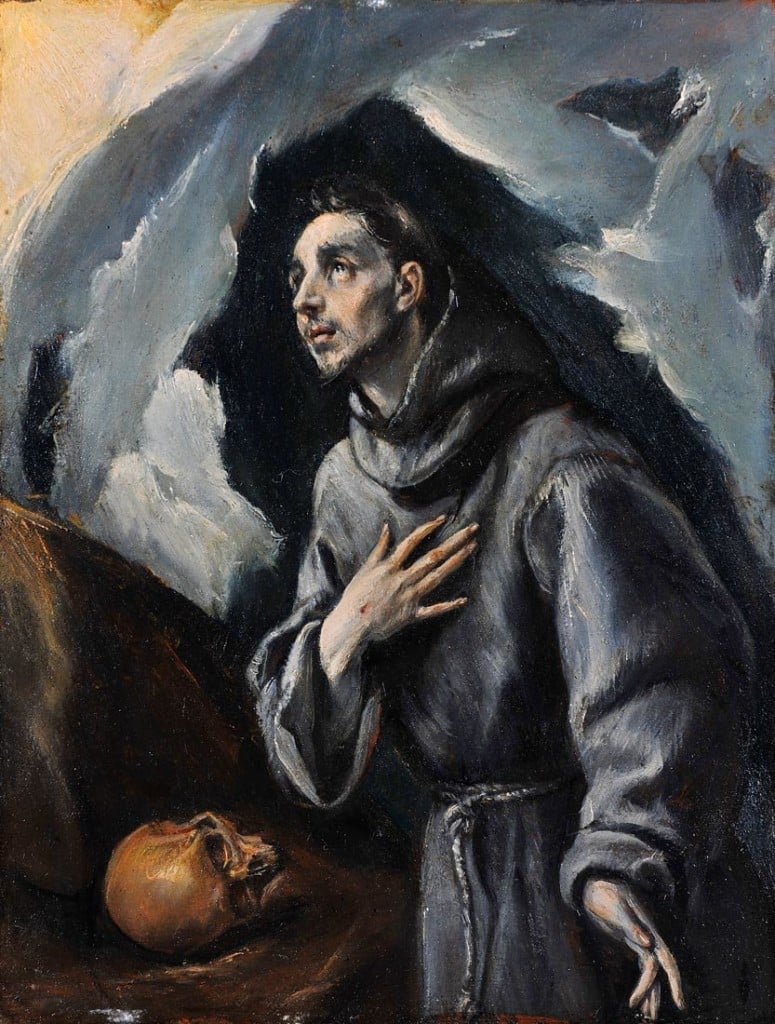
There has at last been an arrest in a high-profile string of suspected Old Master forgeries uncovered in 2016. An Italian painter, Lino Frongia, 61, was taken into custody in northern Italy earlier this week, while an arrest warrant has been issued for French art dealer and collector Giuliano Ruffini, who sold the works in question.
Because the authorities issued European Union arrest warrants, neither man requires extradition.
The forgery ring may have involved as much as €200 million ($255 million) in sales of fake Old Masters. The first painting identified in the case was a Lucas Cranach the Elder Venus, seized by French authorities during a 2016 exhibition of the collection of the Prince of Liechtenstein at the Caumont Centre d’Art in Aix. The prince had purchased the work from Ruffini.
Suspicions quickly arose about other paintings sold by the collector. Sotheby’s tapped scientist and art conservator James Martin of the Massachusetts-based authentication firm Orion Analytical to take a look at a purported Frans Hals work, and a painting attributed to Parmigianino. He found both to be modern fakes, leading Sotheby’s to refund the buyers. (The auction house then acquired Martin’s company in order to better vet works moving forward.)
Parmigianino, Saint Jerome, now thought to be a forgery. Courtesy of Sotheby’s.
Investigations into the forgeries have also pointed to David with the Head of Goliath, supposedly by Orazio Gentileschi, as well as other paintings not yet named publicly.
Frongia’s arrest is tied to a painting seized in April 2016 during the last day of an El Greco exhibition at the Ca ‘dei Carraresi in Treviso. The artist reportedly denies accusations that he forged the piece, titled San Francesco.
But this isn’t the first time that Frongia, a graduate of the Fine Arts Academy of Bologna, has been linked to forgery claims. In 2008, Italian art historian and critic Vittorio Sgarbi, a friend of the artist, claimed that he had seen a purported Correggio painting, Volto di Christo, then on view in a Galleria Nazionale di Parma exhibition, in Frongia’s studio. (But when the purported El Greco was seized, it was Sgarbi who insisted “I can guarantee its authenticity,” according to the Corriere del Veneto.)
Italian art historian and critic Vittorio Sgarbi claimed that he had seen this alleged Correggio painting, Volto di Christo, in Lino Frongia’s studio. Photo courtesy of the Galleria nazionale di Parma.
Ruffini, the dealer now being sought for arrest, sold that work to the Correggio Foundation, according to Art Newspaper. Frongia denied having painting the work, although he copped to creating—but not selling—other copies and Old Master lookalikes, including a different Christ in the style of Correggio. (Sgarbi once called Frongia the “greatest living Old Master” and commissioned him to paint a Baroque-style Virgin Mary mural for a church near Syracuse, Italy, after it was damaged by an earthquake and reconstructed.)
Like Frongia, Ruffini has insisted on his innocence, claiming that he is just a collector and that it was curators and experts who judged the now-condemned paintings to be authentic Old Masters. Works tied to the scandal were shown at major museums, including London’s National Gallery and the Metropolitan Museum in New York. At one point, the Louvre started a national campaign to raise €5 million ($7.25 million) to buy what turned out to be a fake Hals.
Franz Hals, Portrait of a Man, one of a series of Old Master works sold by a French dealer that authorities now believe may be forgeries. Courtesy of Sotheby’s.
News of these dramatic developments come as a London commercial court prepares to issue a verdict over Sotheby’s $10 million private sale of the so-called Hals to Seattle collector Richard Hedreen. Days before the trial was set to begin in April, Sotheby’s settled with the work’s seller, London dealer Mark Weiss, to the tune of $4.2 million. The auction house moved forward with its case against hedge-fund manager David Kowitz’s company Fairlight Arts Venture, which co-owned the work and argued that Sotheby’s decision to refund Hedreen was premature.
Previously, a New York court ruled in Sotheby’s favor regarding the ersatz Parmigianino, ordering seller Lionel de Saint Donat-Pourrieres to pay the company $1.2 million, covering a full refund plus interest, attorney’s fees, and the cost of having Orion authenticate the work.